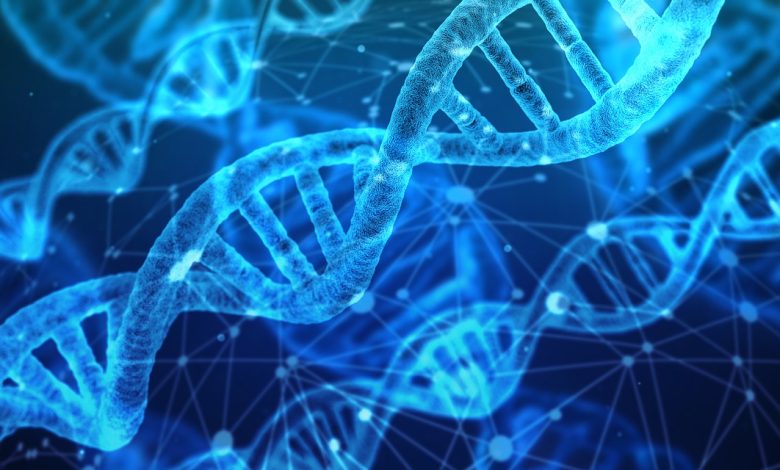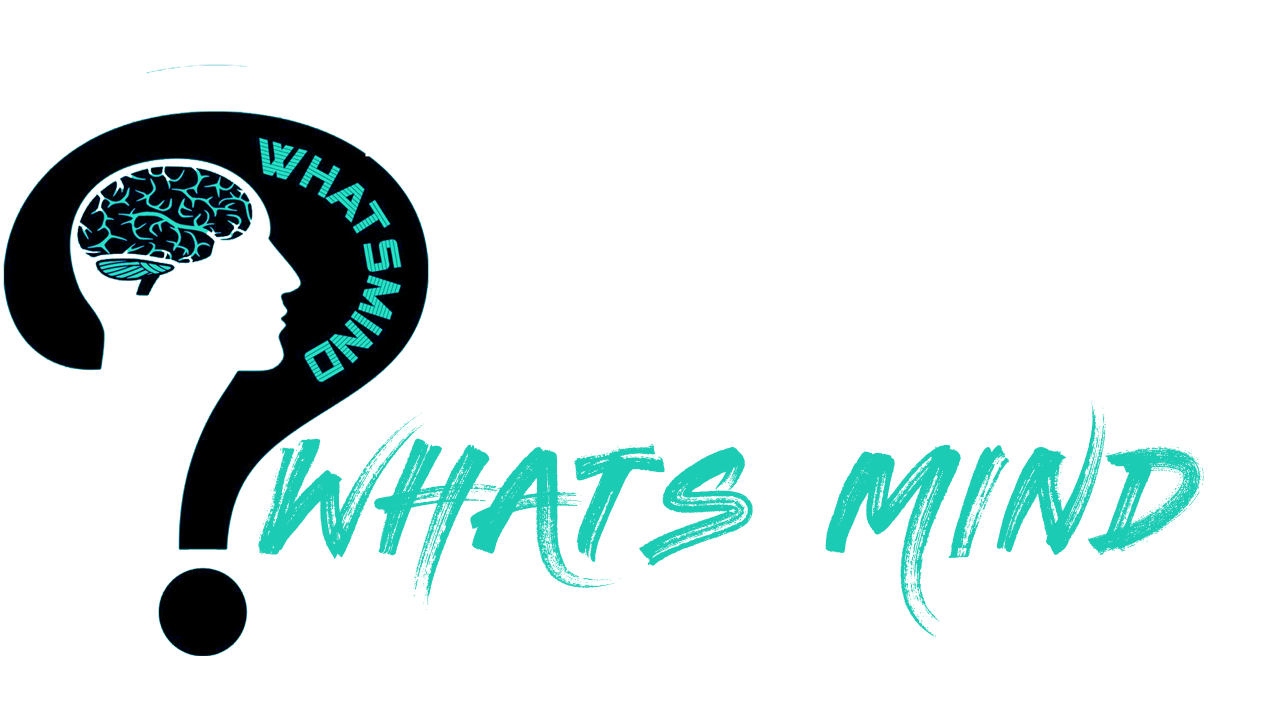3 Uses Of Genetic Testing That You Need To Know About

Genetic Testing, genetic or DNA testing is essentially the use of a laboratory or at-home test kit to examine an individual’s DNA. This examination is usually conducted in the fields of ancestry studies, forensics, or medicine.
Genetic tests can be performed on samples of human hair, blood, skin, and even amniotic fluid if the test is being performed on a fetus. Once a sample of bodily tissue is collected, it is tested in the laboratory for changes and sequences in the individual’s chromosomes and on their protein structures.
While the most commonly known use of genetic testing is to determine the paternity of a child, there exist multiple other uses of genetic testing, three of which are detailed below:
Table of Contents
It is used in prenatal and newborn screening
Genetic testing is very useful when it comes to prenatal screening and newborn testing. Prenatal screening is concerned with detecting changes in a fetus’ chromosomes before their birth and is essentially conducted where there is a high perceived risk of the baby having genetic disorders. While not all possible birth defects can be identified, most of them can be figured out through prenatal screening.
Newborn screening is used once a baby is born and it helps identify any disorders that can be treated in the early years of a baby’s life. The relevant health departments in the United States suggest a total of 35 conditions that every newborn must be tested for, and hence genetic screening helps doctors catch many illnesses early on.
It is used in ancestry testing
If you have ever wondered which parts of the world your ancestors belonged to or wondered what the roots of your origin are, an ancestry test is what you should be considering. Genetic testing is used to test an individual’s ancestry, and you can do so by simply using a home DNA test kit.
Ancestry tests give you a breakdown of the origins of your DNA for up to 1000 years in the past, and can even trace the geographical footprint of your ancestors for the past 50 generations.
Test takers can see a breakdown of their heritage in terms of what percentage of their DNA matches with which nationalities and regions in the world.
It is used in forensic testing
Forensic testing is an important part of forensic sciences as it helps legal bodies identify individuals that could be linked to a particular crime. Crime scenes feature a ton of evidence that officers can use to develop objective findings. The evidence found can be tested using genetic testing to prosecute perpetrators and find out who was guilty of committing a particular crime.
It is also used to identify victims in times of a catastrophe where the bodies of victims may be harmed to a point of no recognition.
While forensic testing plays a big role in identifying who was guilty, it also helps absolve innocent people from the suspicion of having committed a crime.
Conclusion
Genetic testing plays a great role in the fields of science and law enforcement. Treatments that weren’t possible a few decades ago due to diseases showing symptoms at a stage where they were no longer treatable are now being conducted due to genetic testing making the early diagnosis a possibility.
Murder cases that were marked unsolved decades ago have since then reopened to test evidence for DNA marking with the criminals being found and rightly convicted.
DNA testing plays a great role in human life, and given how the field of genetics has grown in the past few years, genetic testing is likely to open new avenues of medical and scientific advancements for us.
For more information, visit whatsmind.com




